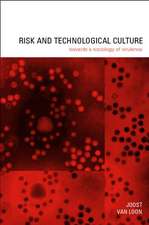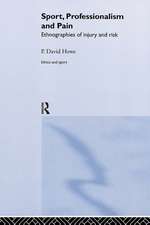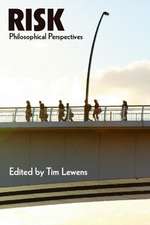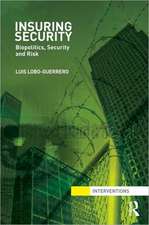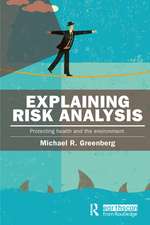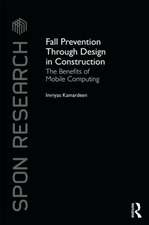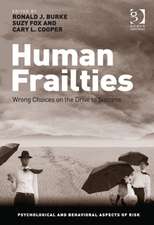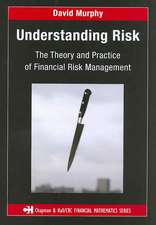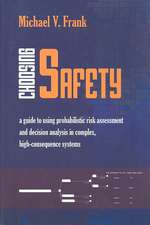True Warnings and False Alarms: Evaluating Fears about the Health Risks of Technology, 1948-1971
Autor Allan Mazuren Limba Engleză Paperback – 21 apr 2004
Preț: 329.78 lei
Nou
Puncte Express: 495
Preț estimativ în valută:
63.10€ • 65.89$ • 52.11£
63.10€ • 65.89$ • 52.11£
Carte tipărită la comandă
Livrare economică 15-29 aprilie
Preluare comenzi: 021 569.72.76
Specificații
ISBN-13: 9781891853562
ISBN-10: 1891853562
Pagini: 200
Dimensiuni: 152 x 229 x 15 mm
Greutate: 0.29 kg
Ediția:New.
Editura: Taylor & Francis
Colecția Routledge
Locul publicării:Oxford, United Kingdom
ISBN-10: 1891853562
Pagini: 200
Dimensiuni: 152 x 229 x 15 mm
Greutate: 0.29 kg
Ediția:New.
Editura: Taylor & Francis
Colecția Routledge
Locul publicării:Oxford, United Kingdom
Cuprins
Preface 1. True Warnings and False Alarms 2. Technology as Friend and Sometime Foe: 1900-1947 3. Lawless‘s Era: 1948-1971 4. Why Experts in Technical Controversies Disagree 5. Evaluating the Lawless Warnings: True or False? 6. Coding the Cases 7. Hallmarks of True and False Alarms 8. Hindsight and Foresight AppendixesI. Summary of Cases II. Case Studies References Index
Notă biografică
Allan Mazur is a professor of public affairs in the Maxwell School of Syracuse University. An engineer and a sociologist, he has published nearly 200 papers and 5 books, including A Hazardous Inquiry, a study of the Love Canal controversy. Mazur is a fellow of the American Association for the Advancement of Science and was an RFF Gilbert White Fellow in 2000 - 2001.
Recenzii
'A thought-provoking book with a heterogenic collection of cases. The author demonstrates that in some cases the risks were hyped and later proved innocuous. No comparable study exists of warnings that were unheeded, unhyped, and later proved true.'Choice'An exemplar of applied social science. Until we have evidence otherwise, Mazur‘s hallmarks of true and false alarms should be our guides when deciding whether or not to believe the alarms of our time.' Environmental Science and Policy

